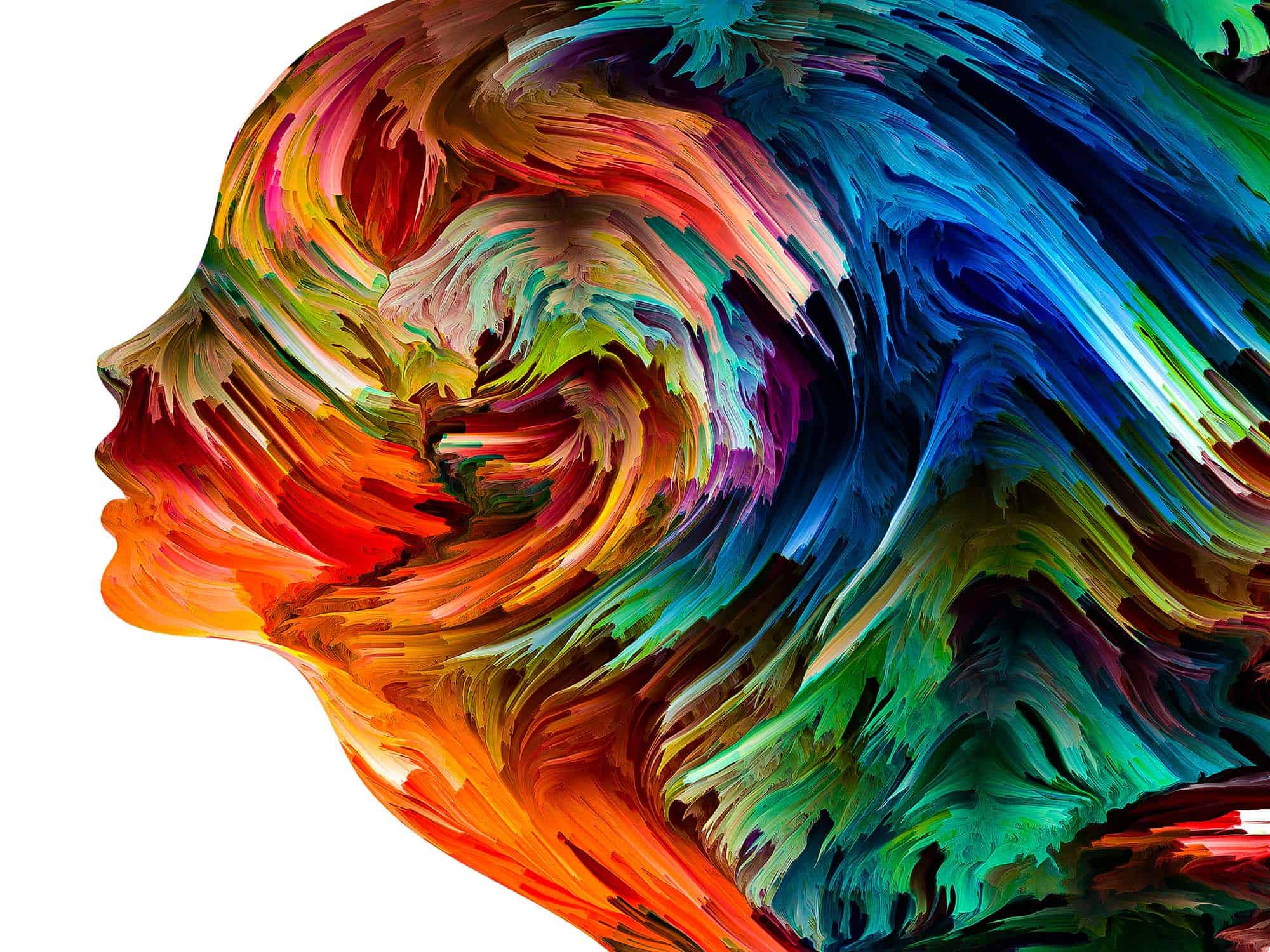Using the Psychology of color in sales

Color has always been an important element of marketing and selling
The use of color in advertising and marketing has long been recognized as an important tool for businesses to communicate their brand identity and values, evoke emotions in their target audience, and ultimately drive sales. With the rise of e-commerce and online marketing, the psychological use of color has become even more crucial for businesses looking to stand out in a crowded digital marketplace.
Key Challenges in Selling Online
One of the key challenges of selling online is the lack of physical interaction between the consumer and the product. Unlike in a brick-and-mortar store, consumers cannot touch, feel, or try on the product before making a purchase. This means that businesses must find other ways to communicate the quality and value of their products to potential customers, and color is a powerful tool for doing so.
Color and Emotions
Color can have a significant impact on our emotions, thoughts, and behaviors. It can evoke feelings of excitement, calmness, trust, or joy, among many others. By strategically using color in their branding, product design, and marketing materials, businesses can influence how consumers perceive and interact with their products.
Color and Branding
One of the key ways that businesses use color to sell online is through branding. A company’s logo and website design are often the first things that potential customers see when they visit their site. By choosing the right colors for their branding, businesses can communicate their brand identity and values, and create a memorable and recognizable image for their brand.
Blue is for trust
For example, many technology companies use blue in their branding to communicate trust, reliability, and professionalism. Blue is also associated with intelligence and efficiency, making it a popular choice for businesses in the tech industry. Apple, for example, uses a simple, minimalist design with a predominantly white background and blue accents to create a clean, sophisticated image for their brand.
Fast Food Chains use these colors
In contrast, many fast-food chains use bright, bold colors such as red and yellow to stimulate appetite and create a sense of urgency. These colors are associated with energy and excitement, making them an effective choice for businesses that want to attract customers quickly and create a sense of urgency around their products or services.
Communicating product features with color
Beyond branding, businesses can also use color in their product design to communicate key features or benefits of their products. For example, if a company sells environmentally friendly products, they might use green in their packaging to communicate their commitment to sustainability. Similarly, a company that sells products for relaxation or stress relief might use soft blues or purples in their packaging to create a calming and soothing effect.
Creating a sense of urgency with color
Color can also be used to create a sense of urgency and encourage consumers to make a purchase. For example, businesses might use bright, attention-grabbing colors such as red or orange for their call-to-action buttons, such as “Buy Now” or “Limited Time Offer”. These colors create a sense of urgency and encourage consumers to take action quickly before the offer expires.
Color and targeted advertising
Another way that businesses use color to sell online is through targeted advertising. By understanding the psychological effects of color, businesses can create advertisements that are more effective at reaching their target audience and driving sales. For example, a company that sells products to women might use colors such as pink, purple, or pastels in their advertising to appeal to their target demographic.
The use of contrasting colors in advertising
In addition to the color itself, businesses can also use color contrast to make their products stand out online. By using contrasting colors for the product and background, businesses can draw attention to their products and make them more noticeable to potential customers. This is particularly important in crowded marketplaces such as Amazon, where products are often displayed in a grid format and can easily get lost in the noise.
The potential downsides of using color to sell
While the psychological effects of color are well-known and widely used in marketing and advertising, it’s important for businesses to be aware of the potential downsides of using color inappropriately. For example, using too many bright, bold colors can be overwhelming and off-putting to consumers, leading to a negative perception of the brand or product. Similarly, using colors that clash or don’t complement each other can create a sense of chaos and confusion, making it difficult for consumers to focus on the product or message.
Cultural Differences
Additionally, cultural and regional differences can impact the way that consumers perceive colors. For example, while red is often associated with passion and excitement in Western cultures, it is seen as a symbol of luck and prosperity in many Asian cultures. This means that businesses must be aware of the cultural context in which they are advertising and adjust their use of color accordingly.
Color and Accessibility
Another important consideration when using color for selling online is accessibility. People with visual impairments or color blindness may have difficulty distinguishing between certain colors or shades, making it difficult for them to navigate websites or make informed purchasing decisions. To address this, businesses should ensure that their website design and marketing materials are accessible to all users, including those with visual impairments.
Summary of the use of color in selling and marketing
Overall, the psychological use of color for selling online is a powerful tool for businesses looking to stand out in a crowded digital marketplace. By choosing the right colors for their branding, product design, and marketing materials, businesses can communicate their brand identity and values, create a memorable and recognizable image for their brand, and influence how consumers perceive and interact with their products.
To effectively use color for selling online, businesses should start by understanding their target audience and the emotions and behaviors they want to evoke. They should then choose colors that are appropriate for their brand identity and values, and use color contrast and accessibility best practices to ensure that their products and marketing materials are accessible and effective for all users.
In conclusion, the psychological use of color for selling online is a powerful and effective tool for businesses looking to stand out in a crowded digital marketplace. By using color strategically in their branding, product design, and marketing materials, businesses can communicate their brand identity and values, evoke emotions in their target audience, and ultimately drive sales. However, it’s important for businesses to be aware of the potential downsides of using color inappropriately and to ensure that their products and marketing materials are accessible and effective for all users.
Further References
The most authoritative source I have found in the use of color and many other online technical resources is Nikc Kolenda. Follow this link for some superb information and resources: Nick Kolenda

